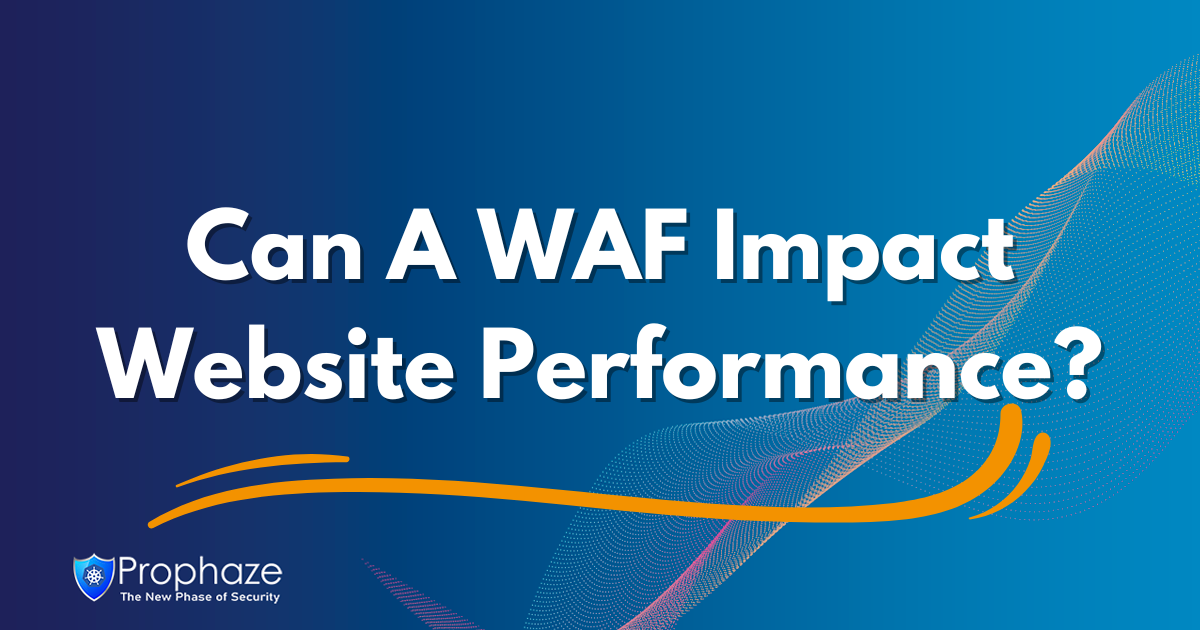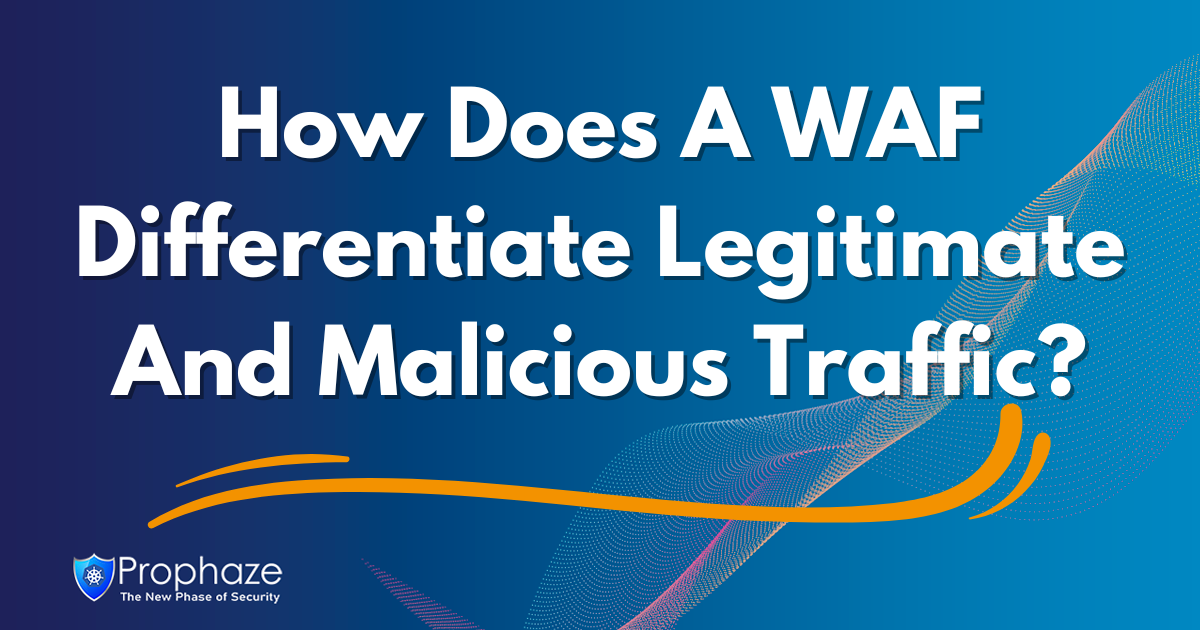Deployment Options for a Web Application Firewall (WAF)
Depending on an organization’s unique requirements and infrastructure setup, there are different ways to deploy a Web application firewall (WAF). A WAF can be deployed using a variety of techniques, such as the following:
Cloud-Based WAF:
Deployed in the cloud using the provided CSP’s web application firewall (WAF), which filters all incoming web traffic to protect it from attacks. Choosing this option allows you to enjoy scalability and ease of management benefits without being concerned about infrastructure responsibilities.
On-premises WAF:
Deploying private cloud infrastructure within their data centers is how organizations implement the WAF for this deployment. Additionally, the purchase of both WAF hardware and software components, along with their maintenance, is a requirement for the organization. Though requiring more resources and expertise than other possibilities, this solution provides superior control over the infrastructure and data.
Virtual Appliance WAF:
The organizational needs determine whether it will be deployed on a private infrastructure or in a public cloud. Virtual Appliance WAF: Operates in the context of either a virtual machine or container. With flexible scaling capabilities and ease of deployment being prime characteristics, virtual appliances offer businesses significant advantages.
WAF as a Service (WAFaaS):
A crucial component in securing an organization’s website involves directing all online activity through its Web Application Firewall. In addition, a reverse proxy’s role in monitoring and filtering network traffic offers a defense against malicious requests. Utilizing this option’s centralized point of control makes it easy to connect to other security services.
Reverse Proxy WAF:
For security reasons, before accessing the target location on a server, all website requests are subject to passing through WAF first. The job of our reverse proxy is to examine incoming traffic and filter out harmful requests. This choice allows for centralization and integration with other security services.
Integrated WAF:
Several companies select to deploy a WAF as an integrated piece within their app delivery system; however, certain ADCs or load balancers are known to have built-in WAF functionalities. A single device with multiple consolidated functions can reduce the complexity.
Conclusion
Choosing the right WAF deployment option requires an evaluation of your organization’s needs, including its available resources and established security objectives. Considering a range of factors can help you make an informed decision when choosing a solution, such as scalability for growth or increased traffic levels while keeping in mind things like management overheads or integration capabilities.









